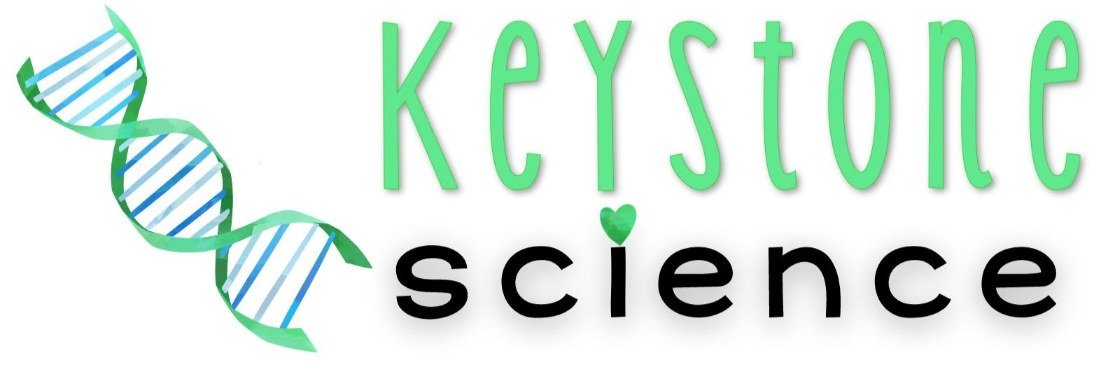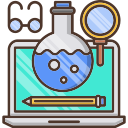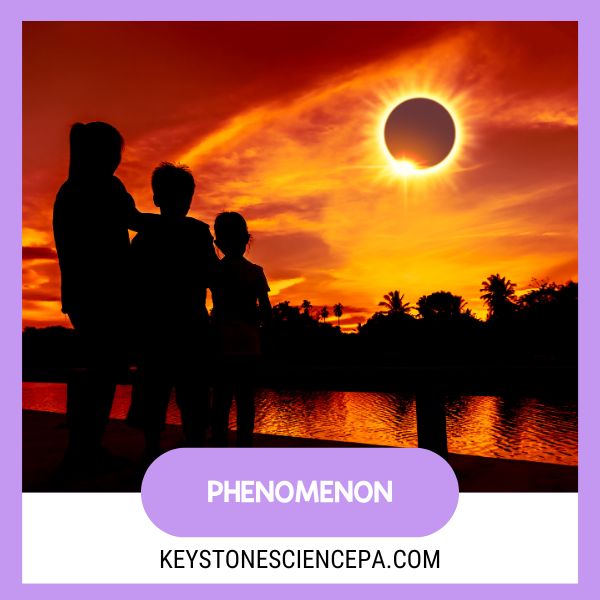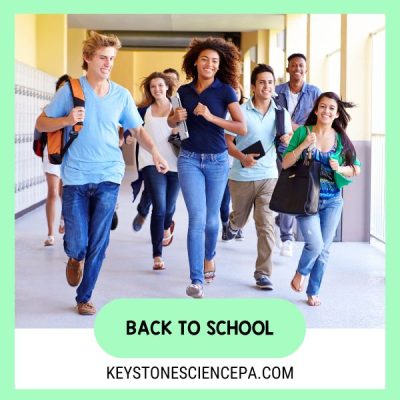A phenomenon, in the NGSS context, is an observable event that occurs in the universe.
It could be something as simple as a falling apple or as complex as the photosynthesis process in plants.
Phenomena start as student observations that become invitations for students to engage, explore, and explain the world around them.
Using NGSS phenomena provides real-world context and relevance, which can turn abstract principles into tangible learning experiences.
Let’s dive deeper into the benefits and practical application of NGSS phenomena.

Grab your own phenomena student handout freebie here!
Bridging the Gap between Theory and Practice
One of the key advantages of NGSS phenomena is that they provide a real-world context for scientific concepts.
By observing and investigating phenomena, students can directly apply theoretical knowledge to practical situations.
This method not only enhances comprehension but also promotes critical thinking and problem-solving skills.
In biology, for instance, students might investigate why some leaves change color in the fall – a phenomenon.
Through this exploration, they come to understand the concept of chlorophyll breakdown, the electromagnetic spectrum, and photosynthesis.
They’re not just memorizing facts; they’re actively engaging with the principles at work in their environment.
Another phenomenon could even be that most plants are green throughout the entire year and do not change colors or lose their leaves.
Students might wonder why that is!
(by the way – if you need support teaching or reviewing the idea of energy transformation in living things with your students, I have something for that, too!)
Click here to check it out in my web store.

NGSS Phenomena: Boosting Engagement and Curiosity
Science isn’t just about knowing facts.
It’s about exploring the unknown, asking questions, and seeking answers.
NGSS phenomena feed this natural curiosity in students, leading to a higher level of engagement in biology classrooms.
Consider the phenomenon of bioluminescence in certain marine organisms.

Instead of merely learning about this in textbooks, students can explore questions like:
- Why do these creatures emit light?
- How does this process differ from the way a lightbulb works?
This type of inquiry-based learning stimulates curiosity and fosters a genuine love for biology.
And this doesn’t always require certain materials or living in a certain environment!
You could use audio, video, or you could even take students outside to observe something together in real time.

Even just breaking up the usual routine of learning could be incredibly beneficial for them.
Implementing Phenomena in the Science Classroom
7 Practical Implementation Strategies
Now that you know what phenomena are and how they can be a powerful engagement tool for your classroom, here are seven innovative strategies to seamlessly integrate phenomena into your high school science classroom. The strategies can be used at any level of understanding when exploring a phenomenon. These strategies ensure your students are embarking on a journey of discovery and exploration.

- Curiosity Unleashed: “What do you notice, what do you know, what questions do you have?” When introducing a new phenomenon, encourage students to become inquisitive investigators. By prompting them with these guiding questions, you empower them to observe, think critically, and formulate questions that steer their exploration. This approach fuels their natural curiosity and propels them into the heart of scientific inquiry. Teacher tip: Keep a class board if these observations and revisit them throughout the investigation.
- Fueling Thoughtful Dialogue: Discussion Stems. Effective communication is key to grasping complex concepts. Provide discussion stems that guide students in articulating their observations, thoughts, and queries. These stems can range from “I noticed that…” to “I’m wondering if…” By offering this scaffold, you help students express their ideas clearly and thoughtfully, fostering deeper classroom discussions. Teacher tip: Print some discussion stems out on paper for students to keep in their notebooks or hang them as posters in your room for students to refer to.
- Collaborative Knowledge Building: Class Idea Board. A class idea board serves as a collective brainstorming platform. Encourage students to share their observations, thoughts, and questions on the board. This collaborative effort encourages peer interaction, stimulates discussion, and helps in identifying patterns and connections among different student perspectives. Teacher tip: Keep the boards in a prominent place during the unit to revisit as students learn new content, ideas, or generate new questions.
- Think, Pair, and Share Insights: Think-Pair-Share is a tried-and-true strategy that promotes active engagement and peer-to-peer learning. Start with an open-ended question related to the phenomenon. Have students think individually, then pair up to discuss their ideas. Finally, bring the class back together for a group discussion, allowing students to share their insights. Teacher tip: Ask students to write each of these down for quick reference when discussing as a class.
- The Gallery of Ideas: Gallery Walk with Post-Its. Transform your classroom into a gallery of student-generated ideas. As students explore the phenomenon, provide them with sticky notes to jot down their observations, thoughts, and questions. Then, have them place their notes on designated display areas. This visually engaging approach showcases the diversity of perspectives and encourages further exploration. Teacher tip: Use different color post-it notes to categorize observations, thoughts, or questions. You can even assign each group a different color as a quick gauge of group participation.
- Quick Reflections: Exit Slips. After a phenomenon-driven lesson, hand out post-it notes and ask students to jot down one key takeaway or a lingering question. These exit slips provide valuable insights into student understanding and areas that need clarification. Plus, they offer a form of closure to the lesson and set the stage for future learning. Teacher tip: Use these to plan for the next day or modify future activities to address questions or misconceptions.
- Comprehensive Analysis: 3-2-1 Analysis. As a formative assessment encourage students to synthesize their learning through a 3-2-1 analysis. Ask them to reflect on the phenomenon discussion by identifying three things they learned, two aspects that surprised them, and one question that still lingers. This structured reflection not only consolidates their knowledge but also promotes metacognition. Teacher tip: These work best when used to a reflection of one aspect of a phenomena. Give students a vocab or topic list to reflect on or include. Use these weekly to measure student understanding of each aspect of the phenomenon.
NGSS Phenomena: Developing Skills for the Future
As we step into the realm of phenomena-based learning, we are embarking on an educational adventure that ignites students’ passion for science.
These seven strategies provide a roadmap to effectively integrate phenomena into your high school science classroom, promoting inquiry, critical thinking, and collaborative exploration.
By embracing these methods, you’ll not only align with the NGSS but also cultivate a generation of curious and informed young scientists ready to tackle the challenges of tomorrow.
In addition, by investigating phenomena, students learn to formulate hypotheses, analyze data, and develop logical conclusions.
These abilities are crucial for future success in any science-related career and beyond.
Conclusion
In the ever-evolving landscape of science education, NGSS phenomena are becoming more vital than ever.
These fascinating real-world occurrences are the bridge between theory and practice, providing students with a hands-on, engaging, and meaningful approach to biology learning.
Remember, teaching science isn’t about imparting facts.
It’s about fostering a deep understanding and appreciation of the wonders of our world – and that’s exactly what NGSS phenomena bring to the biology classroom.
Your Next Steps
Need more support integrating phenomena into your daily science teaching routine?
I’d love to help you.
Here are some ways I can support you on this journey:













